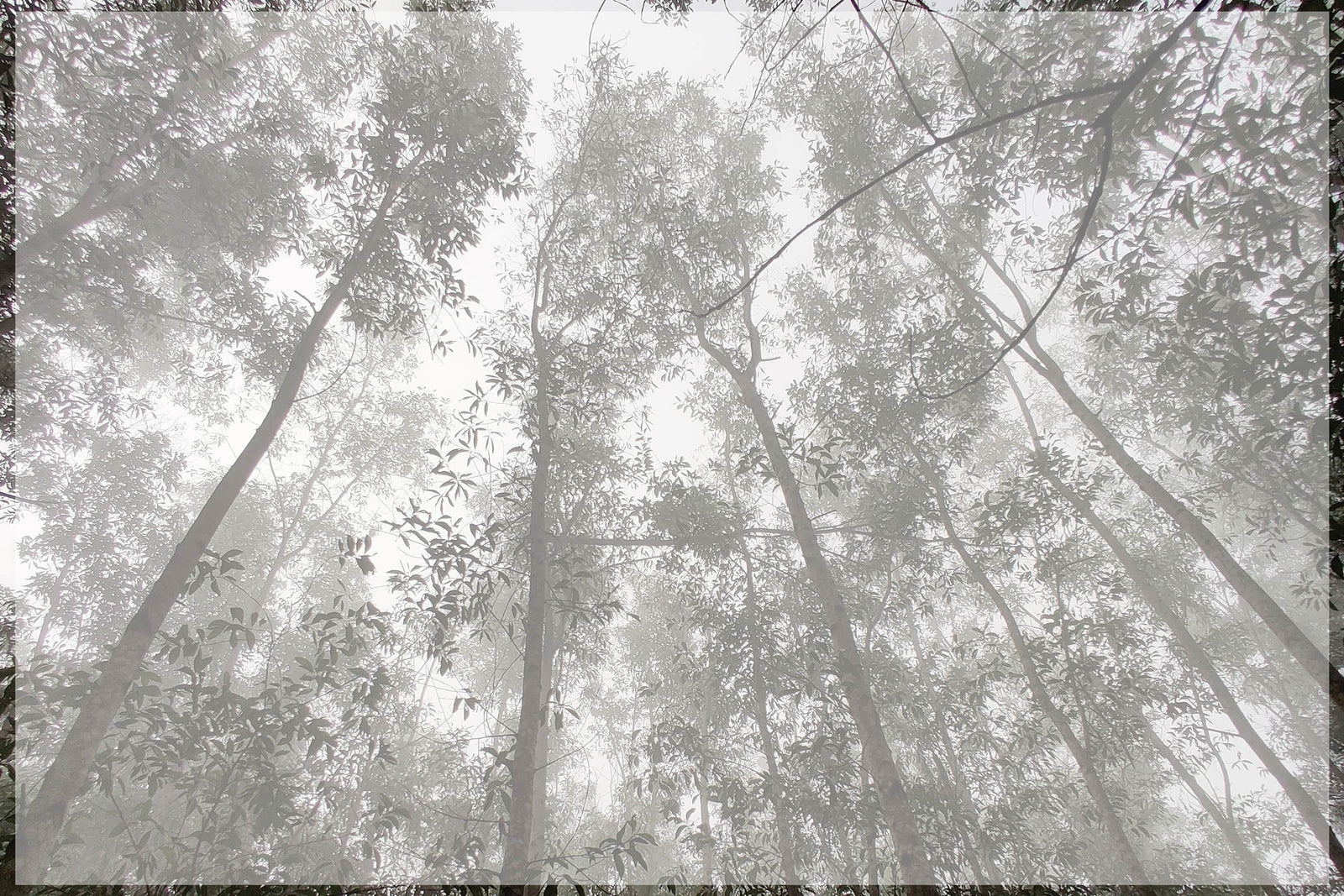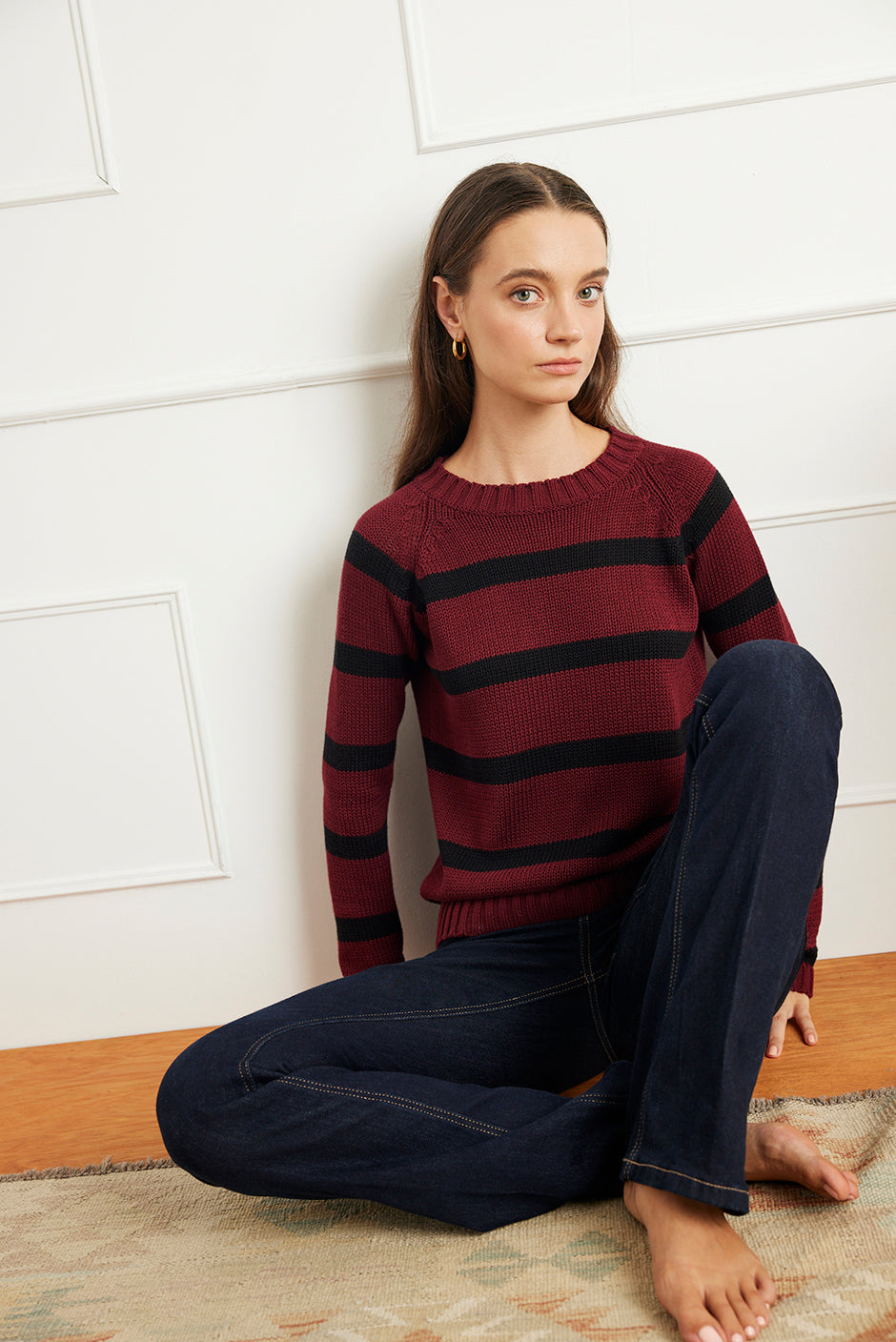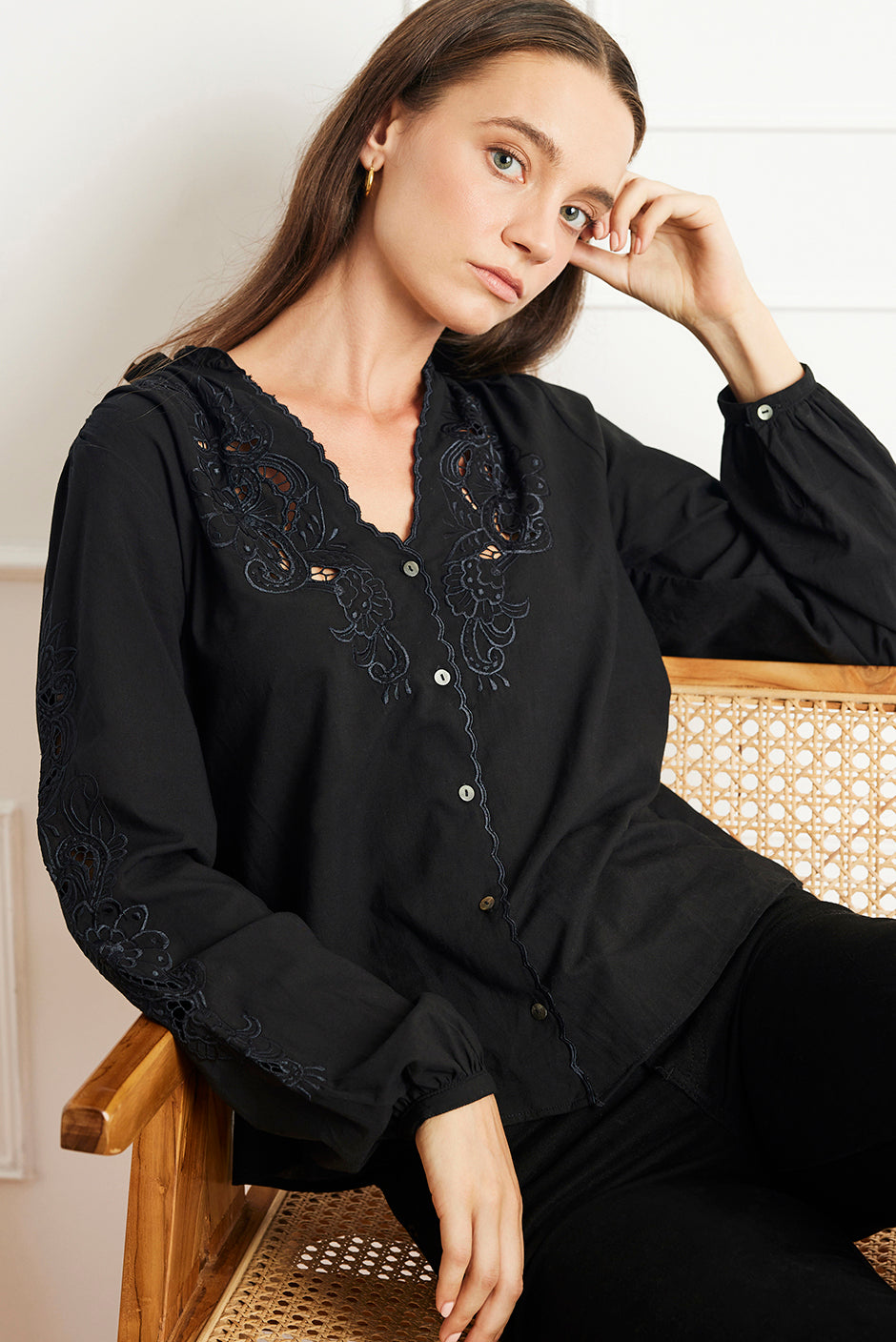-FREE SHIPPING ON U.S. ORDERS OVER $150. ECO-FRIENDLY PACKAGING ALWAYS- JOIN PANEROS REWARDS-
-FREE SHIPPING ON U.S. ORDERS OVER $150. ECO-FRIENDLY PACKAGING ALWAYS- JOIN PANEROS REWARDS-
Shop
Special Feature Deep Dive: Rayon to Tencel


The Pros and Cons of different semi-synthetic MMCF fabrics
By now, we all know the immense problems with fully synthetic fibers made from oil, and the microplastics they release. But, even man-made cellulose fibers are not all the same. Indeed, they are usually made with pulp from trees, a renewable resource, and they are a safely washable and very versatile fabric that is an affordable substitute for other materials. But they are not all equally responsible.
Among so-called 'semi-synthetic' materials, also known as man-made cellulosic fibers (MMCFs), around 90% of production is a form of rayon. Rayon is the generic category defined by the FTC as "a manufactured fiber composed of regenerated cellulose." There are a few different ways to create rayon, including viscose, lyocell, modal, and cupro, but the vast majority is produced by the viscose method (80%). Also just called rayon in the USA, viscose was originally invented in the late 1800s to provided a cheaper substitute for silk, and was originally called "artificial silk" or "wood silk". It is made by extracting cellulose from wood using chemical solvents, and is commonly used in shirts, dresses, and nightware. It is soft, and has a similar drape and fall as silk.
Among so-called 'semi-synthetic' materials,
around 90% of production is a form of rayon.
However, the chemical solvents used in the viscose production method (carbon disulphide) is highly toxic for both the environment and for the workers in the factory. Plus, the historical recovery of the solvent (that is the ability to extract, capture, and re-use the chemical solvents for future manufacturing processes) is typically very low (50%). Therefore, the viscose process requires constant new chemical inputs, which is not very impressive given that we are living in the 21st century. The chemical inputs here are stuck in a linear model as opposed to a circular model. If these chemical solvents are unsafely released into the watewater or even as fumes into the environment, there can be hazardous environmental impacts and high-profile pollution tragedies have occurred.
Away from the chemical inputs for the viscose method, the wood itself can sometimes be sourced illegally, such as from ancient rainforests or other protected woods. This is especially difficult if the wood sources are not directly traceable or the wood is not coming from a responsible mill.
Finally, the viscose process typically requires dying and finishing processes that require a lot of water, energy, and even more chemicals to get it right. So, all in all, it can be kind of a mess to say the least. With that said, rayon and viscose are still significantly better options than fully synthetic fabrics, their durability enables them to be re-used, and they are great for deadstock production.
Rayon and viscose are still significantly better options than fully synthetic fabrics, and there are responsible mills and sustainable innovations in production methods.
Luckily, there have been production method innovations that are much more efficient at recovering and reusing chemical solvents, sometimes up to 90% or more. There are also responsible mills and certified viscose providers who ensure sustainably harvested wood pulp. Which brings us to a different MMCF we are very excited about.
Lyocell, another way to create rayon, can be made from a variety of materials including wood, cotton scraps and other cellulose sources. It is a soft but strong fabric, and commonly used in dresses, blouses, jeans and shirts. One thing that really separates it from the viscose process is that the solvents used in lyocell creation are organic compounds that are nontoxic and easily regenerated. This means that you don't have to worry about harmful chemical releases into the environment or harming factory workers. Through innovation, the solvent reaction portion of the lyocell production process has even evolved into a closed-loop circular process, with one leading manufacturer able to retain and reuse around 99.5% of process solvents (more about that in a minute).
For full transparency, it must be stated that there still exits the same issues with deforestation as viscose, and the lyocell production process is still very energy intensive. And, lyocell products tends to crease easily, so it will not be a golden ticket for everything. Nonetheless, the innovation here is exciting and here at Paneros we intend to keep up with sustainable technology like this as much as we can.
Tencel is made from sustainably harvested trees, including third party certifications for responsibility.
Among MMCF providers, the Lenzing Group is a company that focuses on sustainability across all of their products, including lyocell and other rayons. They have patented a specific lyocell fiber and process called Tencel. Tencel is made from sustainably harvested trees, including some that offer third party certifications for responsibility. Plus, through their patented process, the solvents used in production are natural compounds with low toxicity, and these compounds are further recycled into a close loop process which means over 99% of chemicals are re-used. That is a big deal! All of this, and Tencel has a more cotton-like feel than other MMCFs. For this reason, we are very excited about the future opportunities to work with sustainable fabrics like Tencel, and optimistic about the future.


